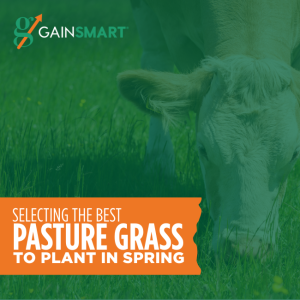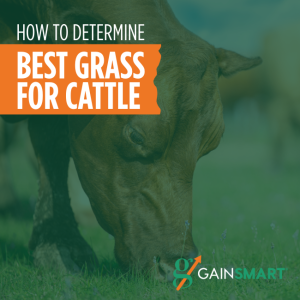
Each fall when you go to market with your weaned calves, it seems like there are a handful of outliers in your calf crop that could cost you some premiums. But don’t dismay; there are ways to find value for every calf that you’ve produced; it might just take some extra time or some different marketing venues.
Brett Tostenson, Tostenson Family Cattle, Highmore, S.D., recommends keeping calves as uniform as possible to get the most value for the group. He offers several alternative opportunities to market calves in a way to receive the most value.
It’s All About Relationships. Often times producers who have a good reputation for raising healthy, efficient, good growing calves will sell to a repeat buyer annually. Strong relationships have been formed and sealed over the years due to the quality of calves the producer offers the buyer and the results the buyer, and ultimately the feeder, sees with the calves later in production. If you do have an established relationship with your buyer or a group of buyers, invite them to your operation for a private treaty sale. Offer the first pick of calves at market price plus $50 -$100 per head or $10-$25 cwt more on first selection. Once the first pick is selected, evaluate your remaining calves to determine the best way to market them, either with this same method and another buyer and a reduced premium, or one of the methods mentioned below.
Another important relationship that many seedstock producers have with their commercial bull buyers is a calf buy-back program, according to Tostenson. He knows of several operations that sell 300-400 bulls each year and help market their bull customers’ calves to feedlots. The bull breeder becomes like an order buyer, in a sense, and the feedlots know that they are getting high-quality cattle backed by proven genetics and carcass merit, filling an order for what they want or need. In turn, the bull customers know they have an outlet for their calves because they purchased calves from a reputable bull breeder.
“This is an ideal situation for a commercial producer. It is very comforting that someone at that level is going to come in and buy your calves from you,” Tostenson said.
Sort by Size, Not with the Gate. If you are getting a load of calves ready to sell at the local auction market or through a video sale, sort them to create a uniform load. It’s beneficial to both you and your bottom line to take the time to sort by size and weight and leave smaller calves back to feed them a little longer.
“Be intentional in that you sell groups of cattle that match up, so you don’t get dinged on uniformity,” Tostenson said. “If you sell 100 calves and 10 get docked, it might be better to sell 90 and hold back 10 for the next group that will match up better.”
Know your Goals. Ideally most feeder calves will be raised and marketed with a marketing goal in mind, according to Tostenson. Will your cattle be marketed on a grid or on a live weight basis? Are you selling through a value-added program that pays premiums on health, nutrition, source or breed? Knowing your end-marketing goals will also help you produce and sort for a more uniform set of calves to be sold as a group.
Finding Value in Females. Tostenson added that breeding age females also have value; even if a cow comes up open or doesn’t calve within in your desired 60-day window, there is likely a producer who will find value in that particular female. If you have open females or a group of cows that calve after the first 45 days in your calving period, another producer would likely find them valuable in his or her herd because that breeder might calve later or in an entirely different season. Another breeder might use an open cow as an embryo recip.
“Just because they fall out of your calving window doesn’t mean they don’t fit in mine. Just because they are open doesn’t mean they don’t have value for someone else,” Tostenson said.
If you further want to add value to a group of feeder calves or a group of breeding age females, you can do that by upping their nutrition. Adding a mineral from the VitaFerm® or Gain Smart line with the Amaferm® advantage can help your cattle become more efficient and higher performing. Amaferm is a natural, research-proven precision prebiotic that increases intake, digestion and absorption of available feed. The Gain Smart® line is a vitamin and mineral supplement designed to help your calves put on healthy, efficient pounds. For females in the reproductive phases, producers should consider VitaFerm Concept•Aid®, a vitamin and mineral supplement specifically designed for reproductive success when fed 60 days pre-calving through 60 days post-breeding.
“Every animal has value. The value maybe not discovered right away or be the exact value you are looking for, but it is there,” Tostenson said.

